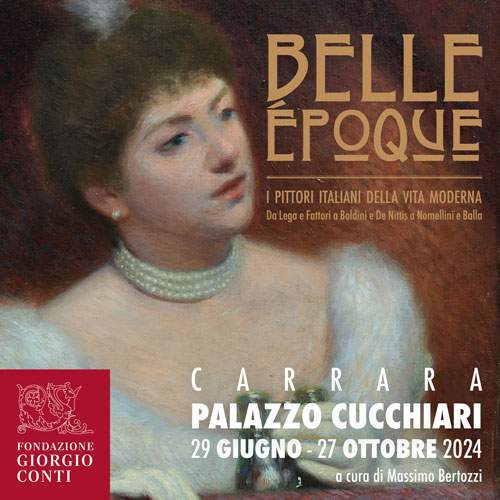Florence Archaeological Museum gets a makeover: work begins without ever closing to the public
The National Archaeological Museum in Florence is getting a makeover. With the granting ofspecial autonomy and the appointment of its first executive director, Daniele F. Maras, the museum has inaugurated its new phase of life: after intense and long work conducted in recent years by the Regional Museums Directorate, the preparatory phase of a series of impressive works aimed at updating and modernizing the structure and relaunching the image of the Archaeological Museum, coordinated and integrated in a major general project by the Florentine architectural firm Guicciardini & Magni, under the scientific supervision of Mario Iozzo, has been completed.
A significant part of the work, financed with PNRR funds, will concern the building’s energy efficiency and the Plan for the Elimination of Architectural and Cognitive Barriers (PEBA). In addition to these are operations to revise pathways and accessibility, the total renovation of the entrance section at the corner of SS. Annunziata Square (formerly part of the Innocenti complex), and, thanks to an international grant from Mr. and Mrs. Laura and Jack Winchester, channelled through the King Baudouin Foundation USA (now Myriad), the refurbishment of the Etruscan sculpture section, starting with the Chimera room.
This is a major modernization and restyling operation that will require the joint effort of the museum staff and the Regional Directorate National Museums Tuscany, directed by Stefano Casciu. In turn, some rooms will remain closed to the public to allow for the work: the first stage will involve, as early as July, the emptying of the long sleeve that connects the Palazzo della Crocetta with the Palazzo degli Innocenti, which houses the Etruscan topographic museum.
“We have made a commitment never to close the exhibition completely,” Director Maras stresses, “and to organize events and temporary exhibitions over time, with the intention of involving the public in this season of renewal, which among other things has the task of strengthening the relationship between the Museum and the citizens of Florence.” “The appointment is in 2026,” Maras continues, “in time for the 60th anniversary of the flood of ’66, which at the time hit the building and its collections hard and mercilessly. By then, the Museum will shine again among the jewels in Florence’s crown, with the hope of returning the city to its role as the Etruscan Capital of Italy.”
“The new layout of the Museum,” says Stefano Casciu, “now kicks off after a long technical and administrative process of preparation that has seen Mario Iozzo and the other officials of the Museum, and in general the Regional Directorate National Museums Tuscany, engaged in imagining and designing a new museographic look for a collection of primary importance in the panorama of Italian archaeological museums. With this layout, the Archaeological Museum of Florence will be able to say that it has been fully resurrected after the very serious damage dating back to the 1966 Florence flood.”
 |
| Florence Archaeological Museum gets a makeover: work begins without ever closing to the public |
Warning: the translation into English of the original Italian article was created using automatic tools. We undertake to review all articles, but we do not guarantee the total absence of inaccuracies in the translation due to the program. You can find the original by clicking on the ITA button. If you find any mistake,please contact us.





















